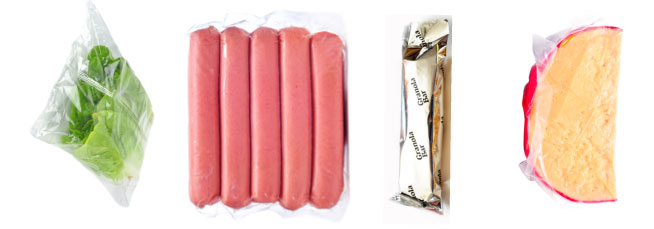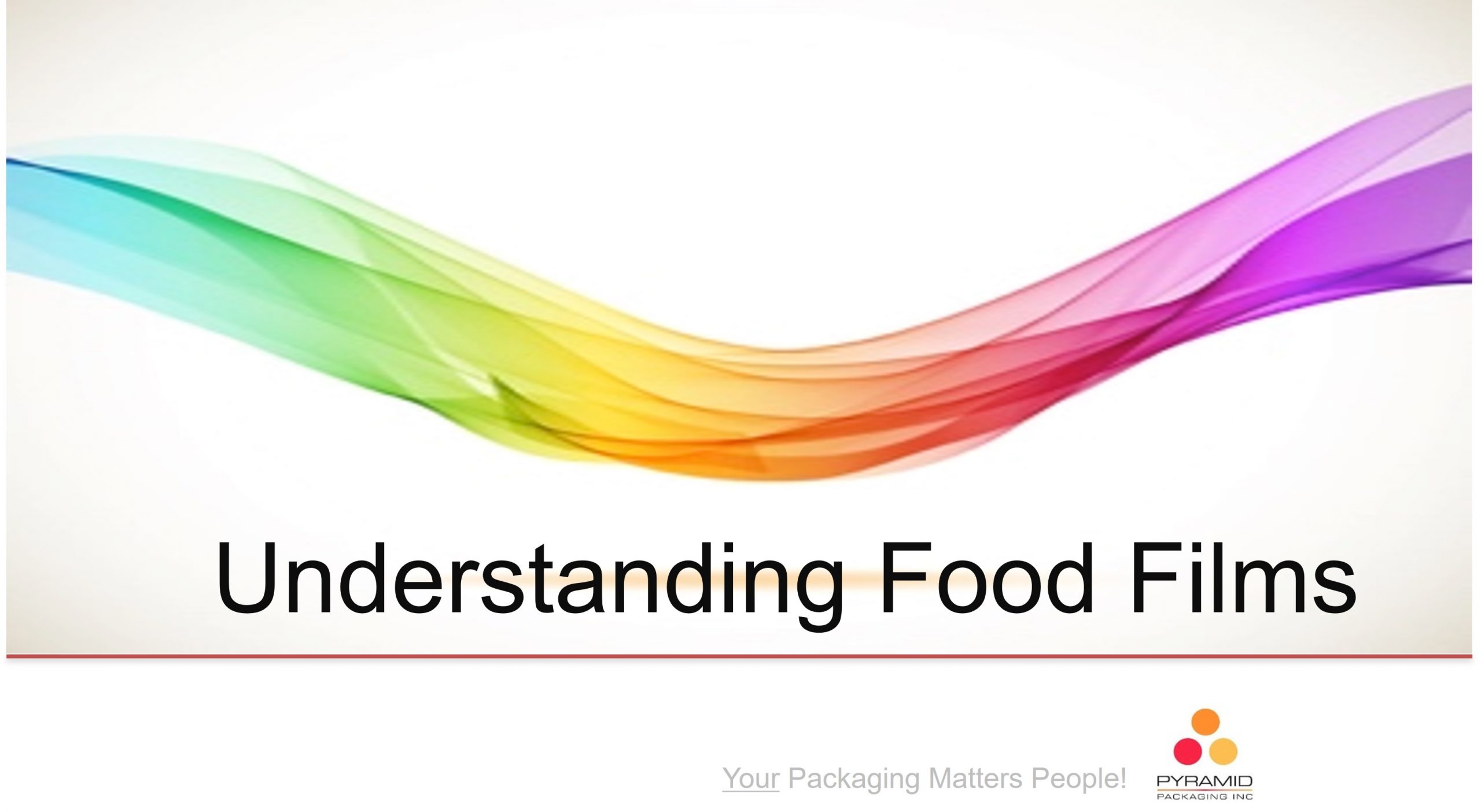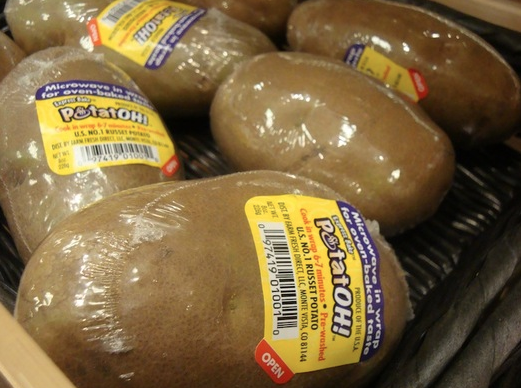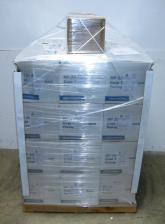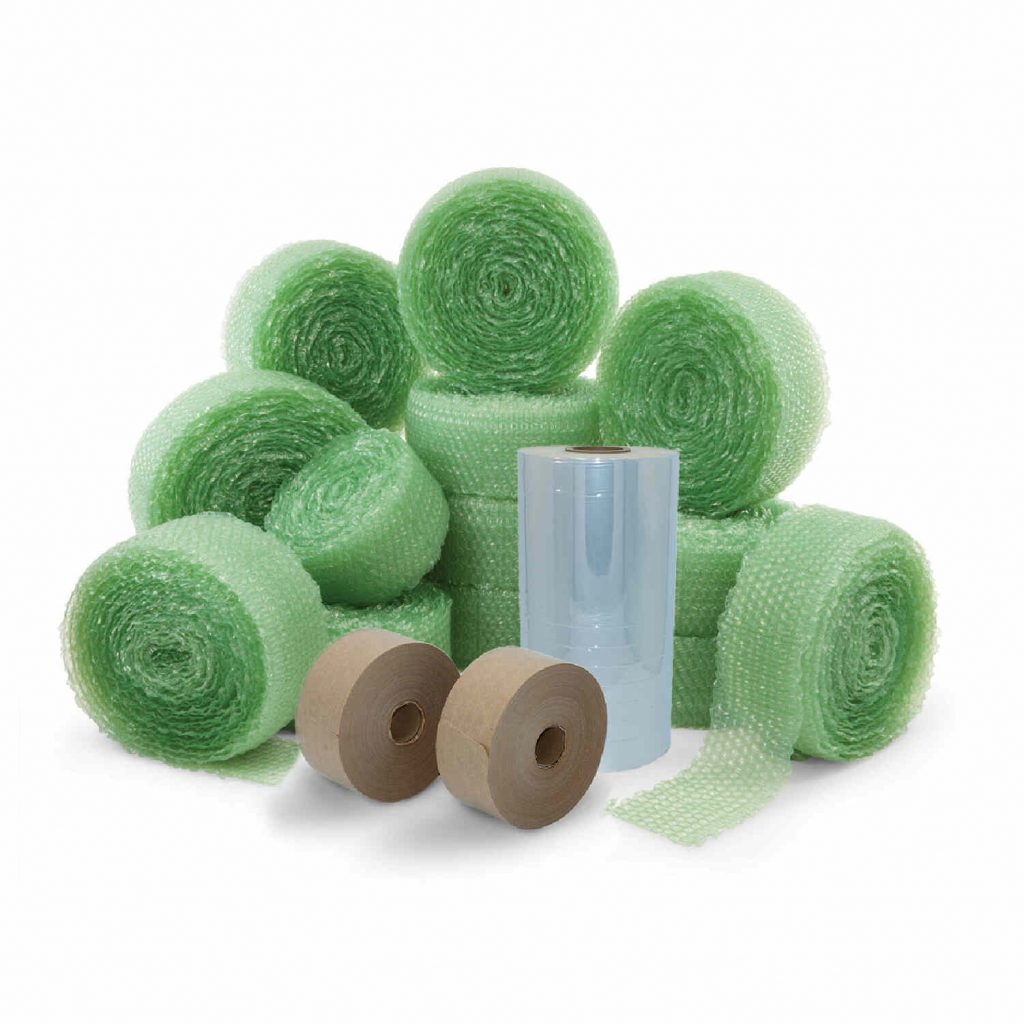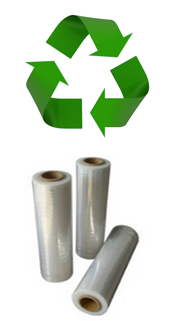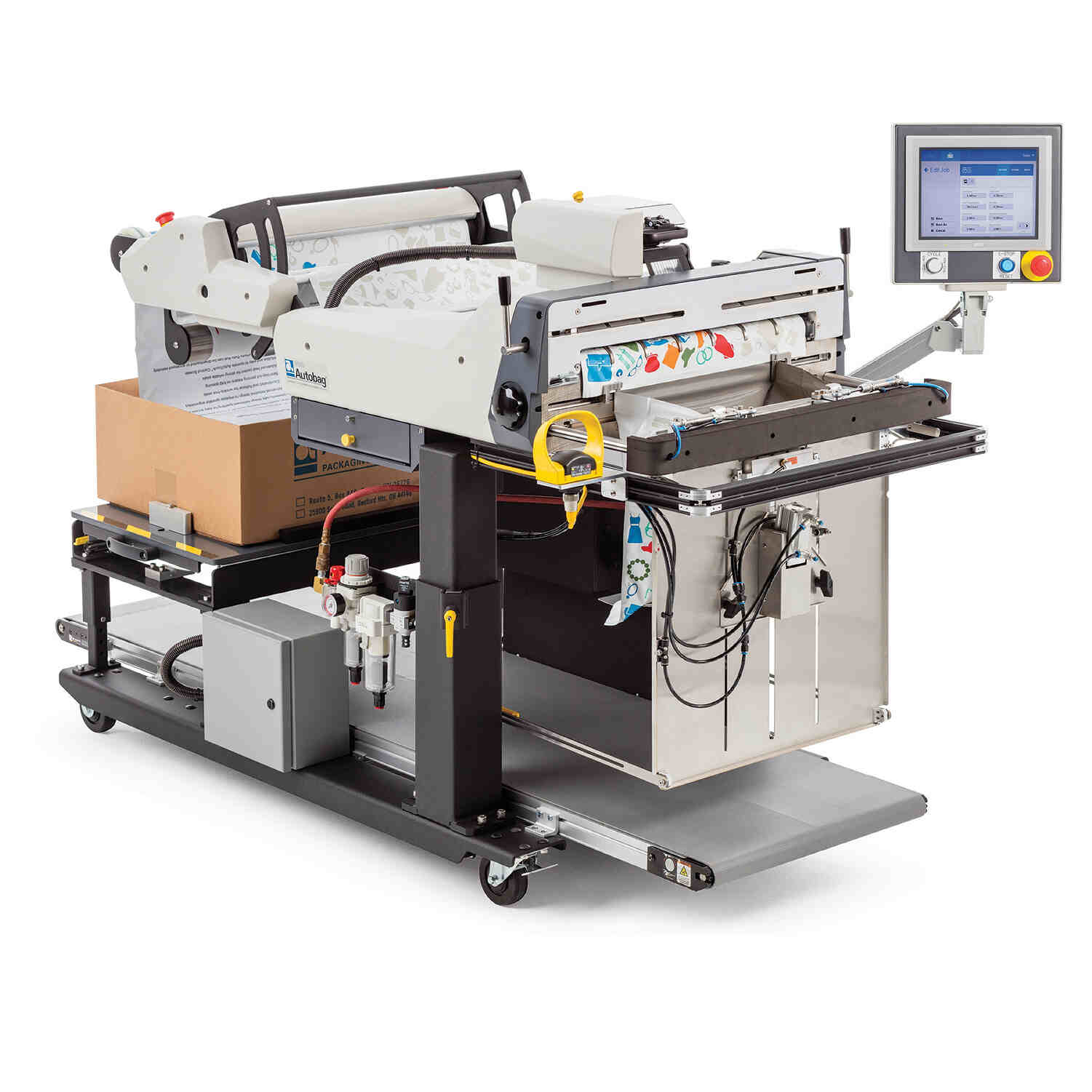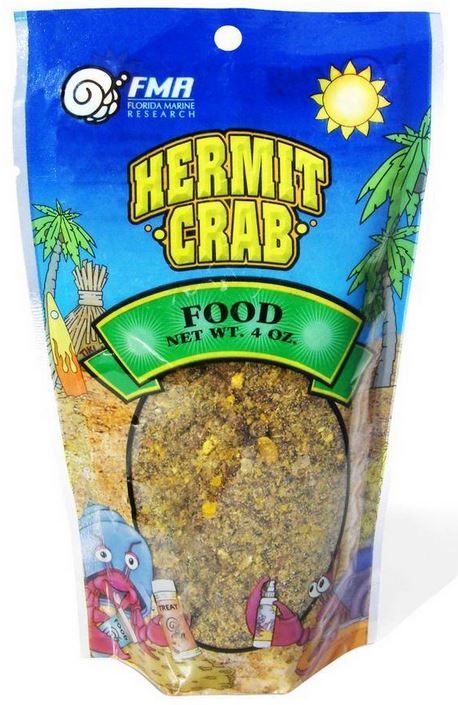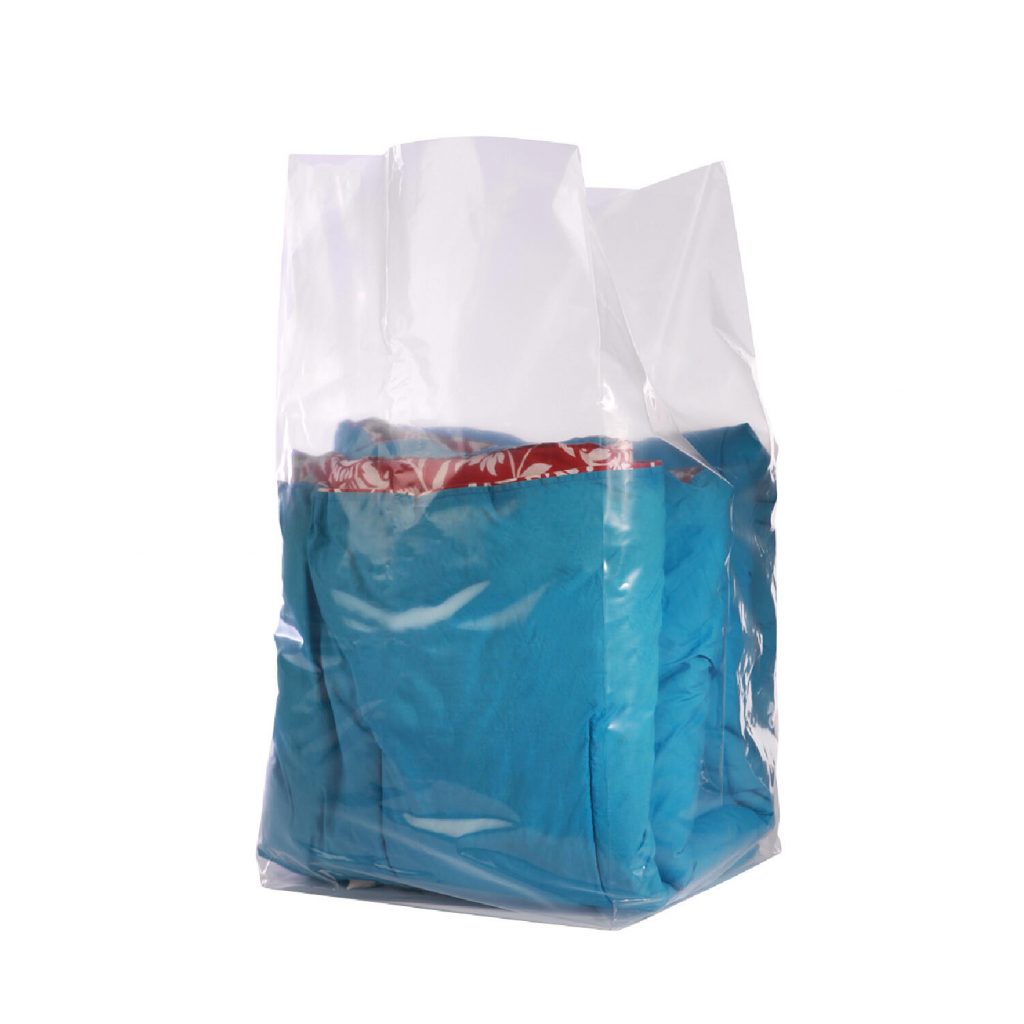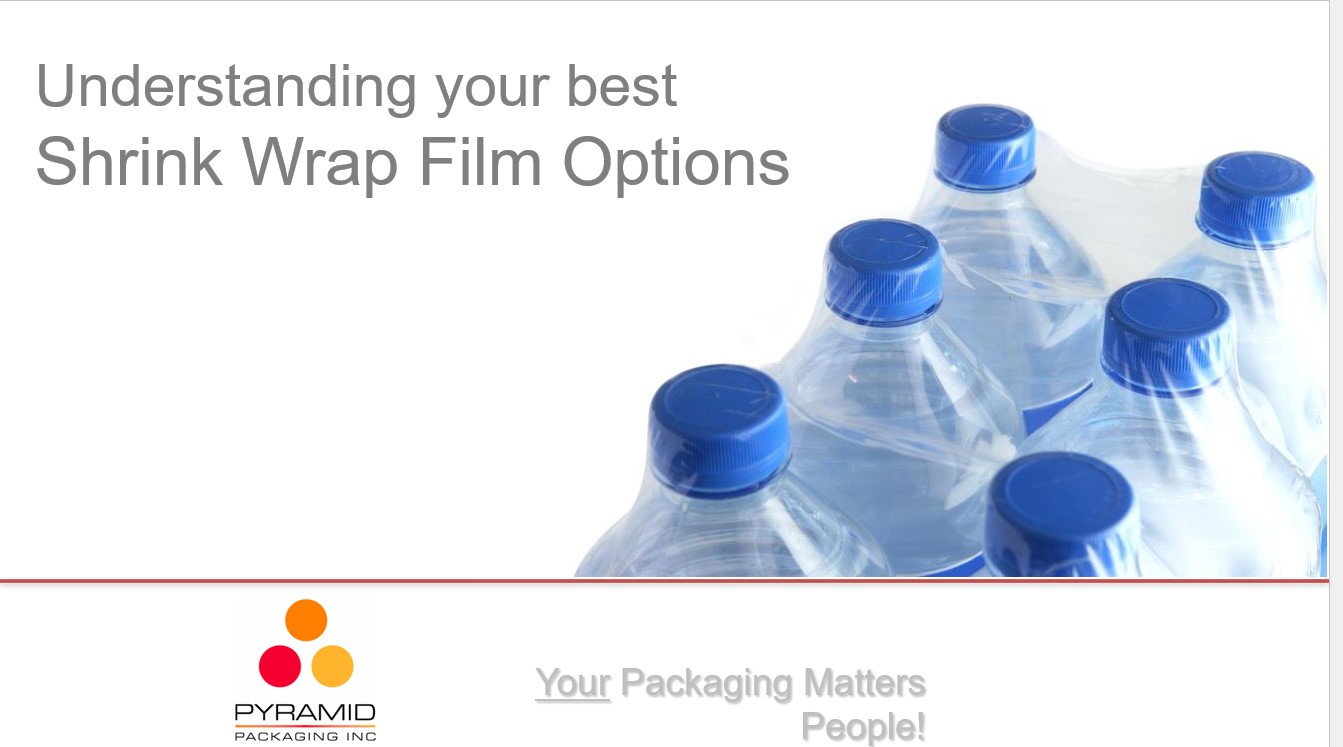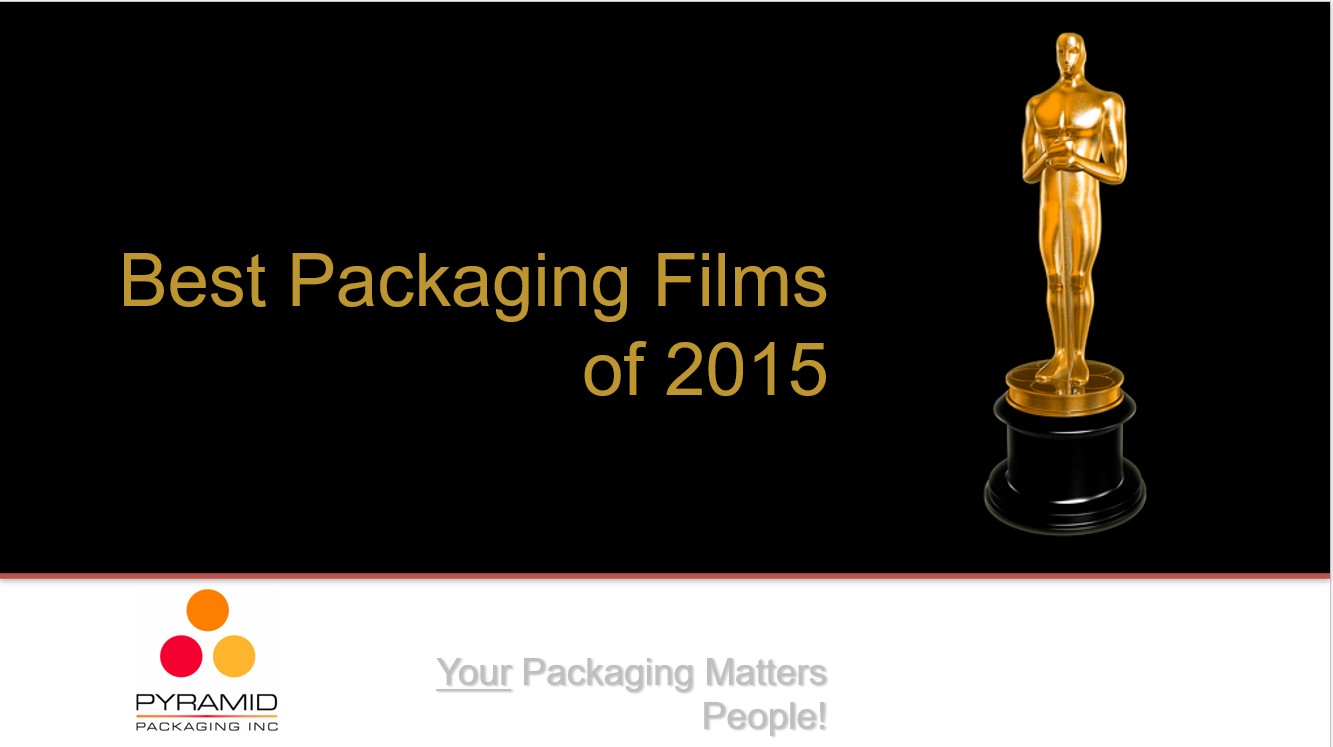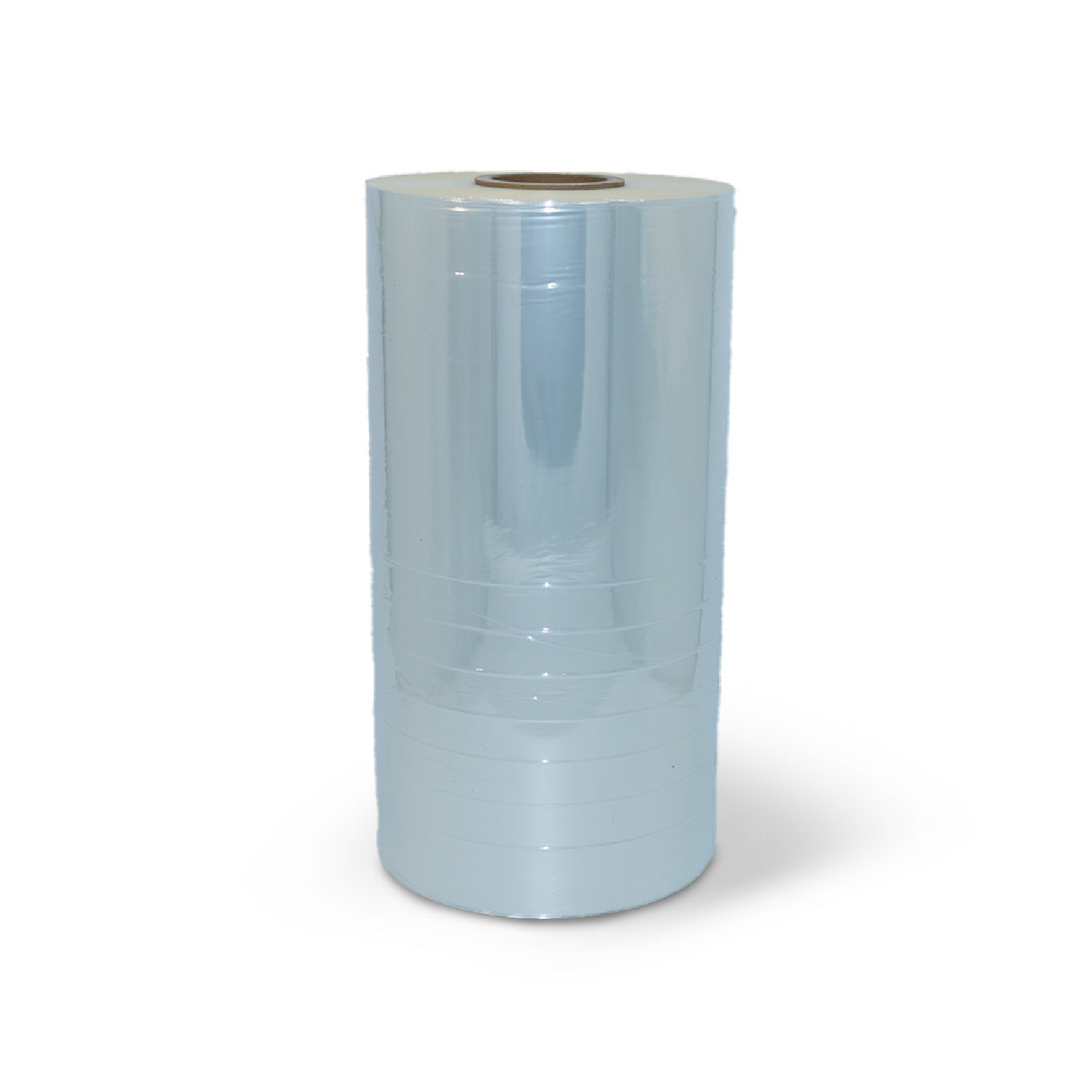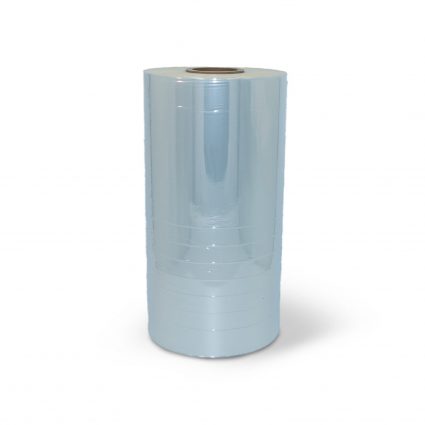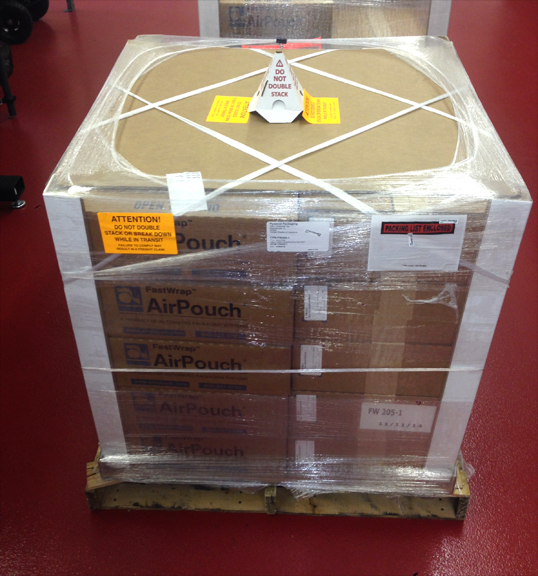UV protective bags protect light-sensitive items such as medications, electronics and films from ultraviolet rays and other contaminants.
These special bags on a roll uses AMBR translucent material that provides 90% UV (a) and UV (b) resistance while allowing the product to be seen though the bag. Our AMBR bags are durable, have excellent printing characteristics and are available in amber and white colors.
Translucent and opaque materials provide high UV(a) and UV(b) protection, strength and also machinability.
These bags are ideal for mail order fulfillment, pharmacy fulfillment, unit dose packaging, strict medical applications and security applications. With its ultra-violet protection, the durability in design, it has good printing characteristics which make it useful for the listed applications above.
UV radiation can cause the polypropylene material to degrade over time, leading to a loss of strength, flexibility, and overall integrity. These unique bags work by absorbing or reflecting UV rays, thereby reducing the degradation process and extending the lifespan of the bags.
To look at a full list, here is our Technical Data Sheet.
Pyramid Packaging is a stocking supplier of UV protective bags. Call us at 847-272-3400 for more information or click here for a quote on your bagging needs.


